Free Cherry Runtz seeds on orders over $150!
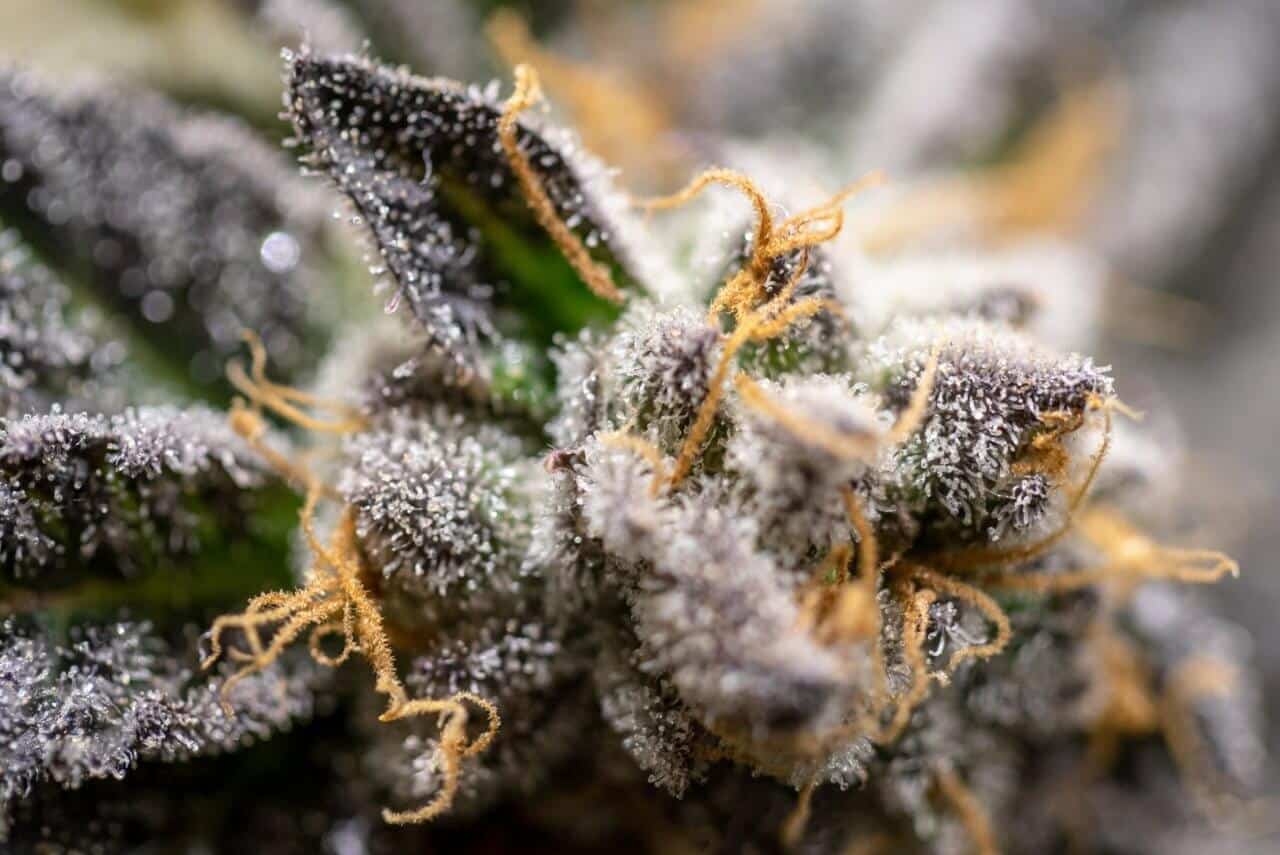
Mold infesting a cannabis crop is a nightmare for many producers. Not only can it destroy entire harvests, but it also offers serious health hazards to users. Bud rot, also known as Botrytis cinerea, is a prominent perpetrator among the numerous molds that may wreak havoc on cannabis. This fungus may penetrate cannabis fields covertly, degrading quality and even exposing unwary consumers to compromised products. But don’t worry; there are techniques to identify, combat, and even prevent bud rot from taking over.
Bud rot is a type of mold that affects cannabis plants, particularly during the flowering stage and caused by a fungus that thrives in settings with high humidity and poor air circulation. Bud rot develops in environments with insufficient air movement, wetness, and humidity levels. Specifically, there is not enough air flowing around and too much moisture in the air or surroundings.
These precise circumstances promote the development of fungus. Once developed, it obstructs the proper transportation of water and nutrients through the leaves and flowers. As a result, the cannabis plant slowly but steadily dies. Bud rot might be difficult to detect at first. It only becomes apparent when your weed plants get discolored and coated with dust-like particles. When this occurs, it is already too late.
Bud rot mainly strikes young stems, as they’re more delicate. The earliest indicators begin exactly where the sprouts contact the earth. The normal brilliant green stems will be dull and mushy, indicating that they are damping off. That doesn’t imply your more mature plants are immune to bud rot. When the fungus hits, it will take whatever it can obtain and destroy larger plants.
Bud rot indications start with a white hue and a fluffy texture, like powdery mildew, and will be inside the buds. As it grows, the fungus transforms into a dark greyish mycelium mass, and the stems of your plants will be mushy. You’ll find gray specks all over infected cannabis. To recognize the early indications of bud rot, you must know where and what to look for. Here are some other common indicators of bud rot:
Preventing bud rot involves maintaining a clean growing environment, ensuring good air circulation, and controlling humidity levels. Once bud rot is detected, affected buds should be carefully removed and discarded to prevent the spread of the fungus. Growers are also urged to follow the following steps to prevent bud rot:
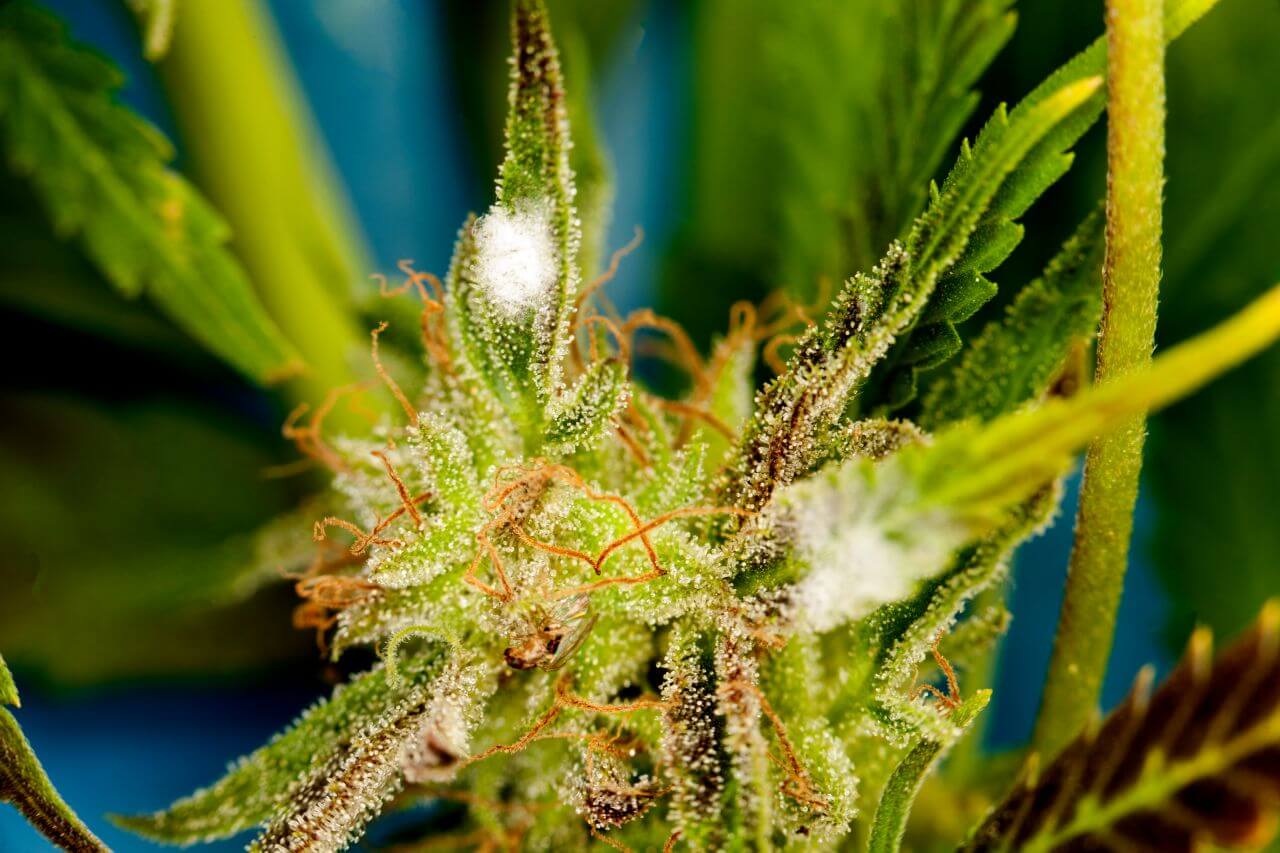
The optimal temperature for weed plants in a grow room is between 65 and 85°C. When weed plants start the blooming stage, temperature is the most vital factor. Mold can also form if the temperature is too warm, as mold thrives in damp, warm environments. If the humidity is high, the danger of mold increases with each degree the temperature rises above the acceptable level. The temperature should be around 75-77 degrees Fahrenheit during the flowering phase.
A drying chamber should be kept at a temperature of 68°F or below. Anything warmer will cause the cannabinoids and terpenes to dissipate. The humidity level should be reduced to forty percent or less. The goal is to remove moisture gently. To control the levels, ensure adequate ventilation throughout the space. Instead of blowing air directly on the leaves, use a ceiling fan on low or a window for a natural breeze. You want to create a dark environment to produce a higher-quality product. The chlorophyll will last longer, which will impact the taste.
Here are common issues that make your weed plants prone to bud rot”.
UV light has been shown in studies to be useful in managing plant diseases. Its effectiveness is linked to its germicidal action and capacity to stimulate plant defensive responses. As a result, UV-C light can kill the bud rot fungus without harming the cannabis plant. Conversely, UV-C light may eliminate the bud rot fungus without hurting the cannabis plant if the right dosage, intensity, and exposure period are employed. UV-C light can be emitted by lamps near the plants, on a track, or overhead. Conversely, too much UV-C light will burn the plants; therefore, managing the humidity, temperature, and light levels in the grow tents or rooms is critical.
Chemical treatment can be more effective and faster in killing the fungus, but it can also leave harmful residues, damage the environment, and harm beneficial organisms. Conversely, organic treatment can be safer and more natural but can also be less potent, expensive, and time-consuming.
Biological control agents like Bacillus subtilis and Trichoderma species have effectively prevented and treated bud rot. A recent study has shown that various biocontrol agents are effective against B. cinerea:
Chemical treatment is one of the methods that can be used to combat cannabis bud rot. You should also use chemical treatment cautiously and only as a last resort. Some fungicides reported to be effective against bud rot include BioSafe ZeroTol, 3% H20, or Serenade. However, chemical treatment has some limitations and drawbacks, such as:
Note: You should always apply according to the manufacturer’s instructions and safety precautions.
Molds and fungus may develop when cannabis growers least expect it. You won’t realize they’ve attacked your plants until it’s too late. Thus, you’ll have to pay close attention to your weed plants. Regular inspection of plants can help in the early detection of bud rot. Conversely, you must exercise extra caution during your plant’s late flowering period, when it is most vulnerable. Most problems will develop on the bigger, denser buds. Signs include discoloration, a musty smell, and a cobweb-like appearance on buds.
Moisture is one of the most prevalent causes of mold including bud rot. Ensure your weed plants are getting adequate air to avoid this problem. Indoors, this entails installing a good intake exhaust system and standing fans to circulate air around your grow space continually. It also implies properly spacing plants so that moisture does not accumulate in the canopy. Growers are urged to do the following to ensure proper ventilation on their cannabis plants to prevent bud rot:
Pruning leafy plants can help avoid bud rot. Wet spots form when leaves are close together and in contact. Trimming larger leaves will let the others breathe and dry between waterings.
When you train a plant, you may guide its growth. Typically, this is done with a pole, and the farmer links the two together as the stem becomes larger. Training aids in plant management and is suitable for indoor gardening. It lowers the cause of bud rot by preventing plants from contacting or growing into one other. This also allows for sufficient airflow from plant to plant. As a result, there will be slow spread of bud rot.
During the drying process, molds and fungus might still grow. Here are some tips for avoiding bud rot during this stage:
During the vegetative stage, the optimal humidity range is 40% to 70%. When the plants blossom, levels drop to 40% to 50%. The humidity can then be reduced to 40% or lower as the plant progresses. In the garden, you use a hygrometer to calculate percentages. Use a dehumidifier or airflow ventilation system to maintain the proper levels. Keep an eye out for any puddles or standing water in the growing space since the fungus can thrive here and then spread to the cannabis plants through the air.
Bud rot is one of many issues to be concerned about. However, here are other cannabis illnesses to keep a lookout for:
This is a prevalent fungal disease that appears as a white to off-white powdery growth layer on the leaves and branches. Powdery mildew often found on both the top and underside of the fan leaves and appears as a white coating on the leaves. The white fungal growth appears on the cannabis leaves as a fine coating and can be seen with the naked eye.
Additionally, you’ll see full-fledged rotting during the duration of its onslaught, which might eventually impede the development of your cannabis plants. Aside from decaying buds, you’ll also have considerably lower yields than you should. Furthermore, the spores of mildew are adaptive and hardy enough to survive after harvest. And if you’re not careful, it might harm your cannabis plants.
This is a fungal illness that requires special attention. First, you won’t detect a Fusarium infestation until your plants start to wilt. The roots and stems will also decay, and the xylem (water-carrying stem vessels) will redden. Fusarium’s primary target is the xylem, resulting in poor plant water distribution. As a result, its expansion is hampered. However, if the onslaught persists, your crops may perish. Fusarium removal is likewise a difficult process. This is because it can stay dormant in your soil for a long before emerging during the warmer seasons or environments.
With over 150 different species, not every Pythium may harm your cannabis plants. Those that do will cause problems during the seedling stage. These fungi live beneath the soil, making them difficult to identify. They mainly target the roots, causing plants to droop and eventually die. You know you’re dealing with Pythium if you notice brown discoloration on the roots. A noticeable foul odor will also start to emerge.
Sooty mold normally strikes after other pests have invaded the plant. It begins its invasion when insects have infected the leaves and exposed the sap. As the name implies, sooty mold mimics the ashy stuff found in fireplaces. It begins as a black, powdery covering that gradually thickens into a sheet-like structure. Sooty mold may wreak havoc on your weed plant at any time of year as long as an insect invasion has previously occurred.
Select mold-resistant strains (Super Silver Haze, Northern Lights, AK-47, or White Widow) that can survive in harsh environments to avoid bud rot issues. The following elements make a cannabis strain resistant to bud rot:
Best Selling Cannabis Seeds
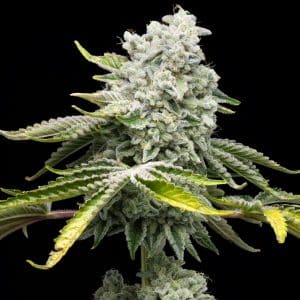
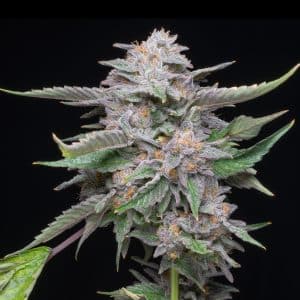
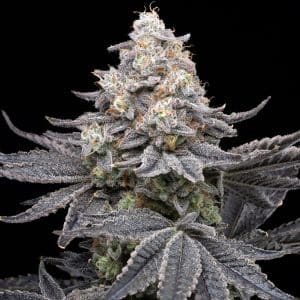
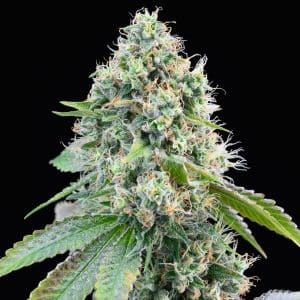
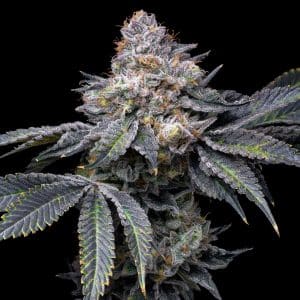
Offers
Information
Get the best from your plants
Growing At Home
Growing At Home
Grow stages
THCA/D9 (out of stock)
Troubleshooting
This product is not for use by or sale to persons under the age of 18. This product should be used only as directed on the label. It should not be used if you are pregnant or nursing. Consult with a physician before use if you have a serious medical condition or use prescription medications. A doctor’s advice should be sought before using any hemp products. All trademarks and copyrights are property of their respective owners and not affiliated with nor do they endorse this product. These statements have not been evaluated by the FDA. This product is not intended to diagnose, treat, cure or prevent any disease. By using this site you agree to follow the Privacy Policy and all Terms & Conditions printed on this site. All products contain less than 0.3% Cannabinoid-compliant with applicable Federal Laws. Please make yourself aware of any and all applicable laws regarding hemp in your jurisdiction. Premium Cultivars accepts no liability or responsibility regarding germination laws in any specific locale state or national jurisdictions.THCA products are not available for shipment to the following states: Hawaii, Idaho, Minnesota, Oregon, Rhode Island, Utah, Vermont *Note: Products with Total THC content above 0.3% must not be shipped to these states.
We want to help you get your hands on the seeds you want, take 20% off your next purchase when you enter your email below!
We want to help you get your hands on the seeds you want, take 20% off your next purchase when you enter your email below!